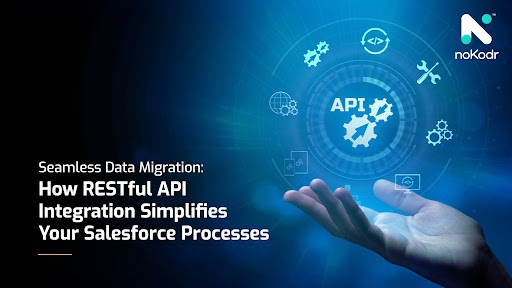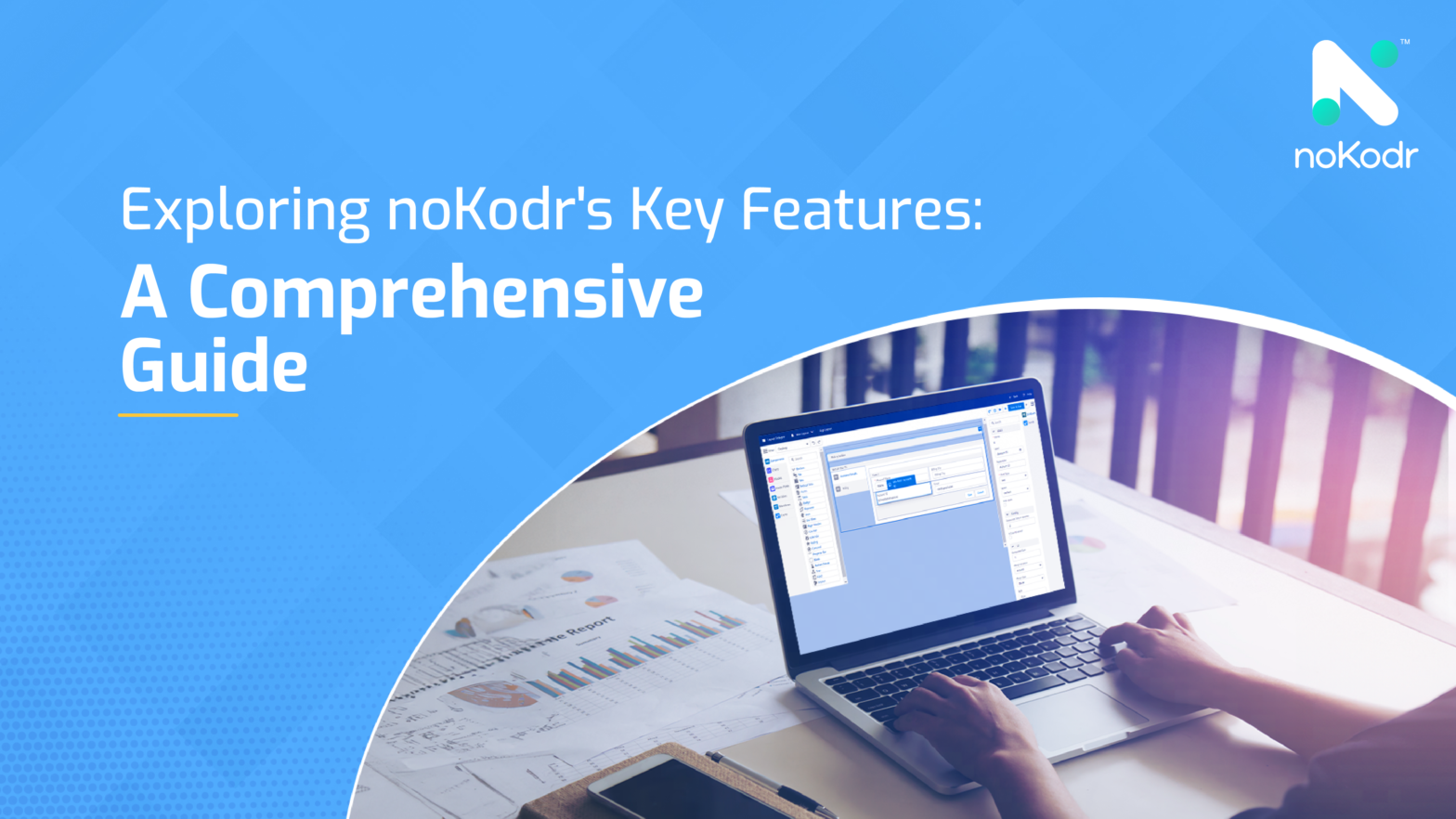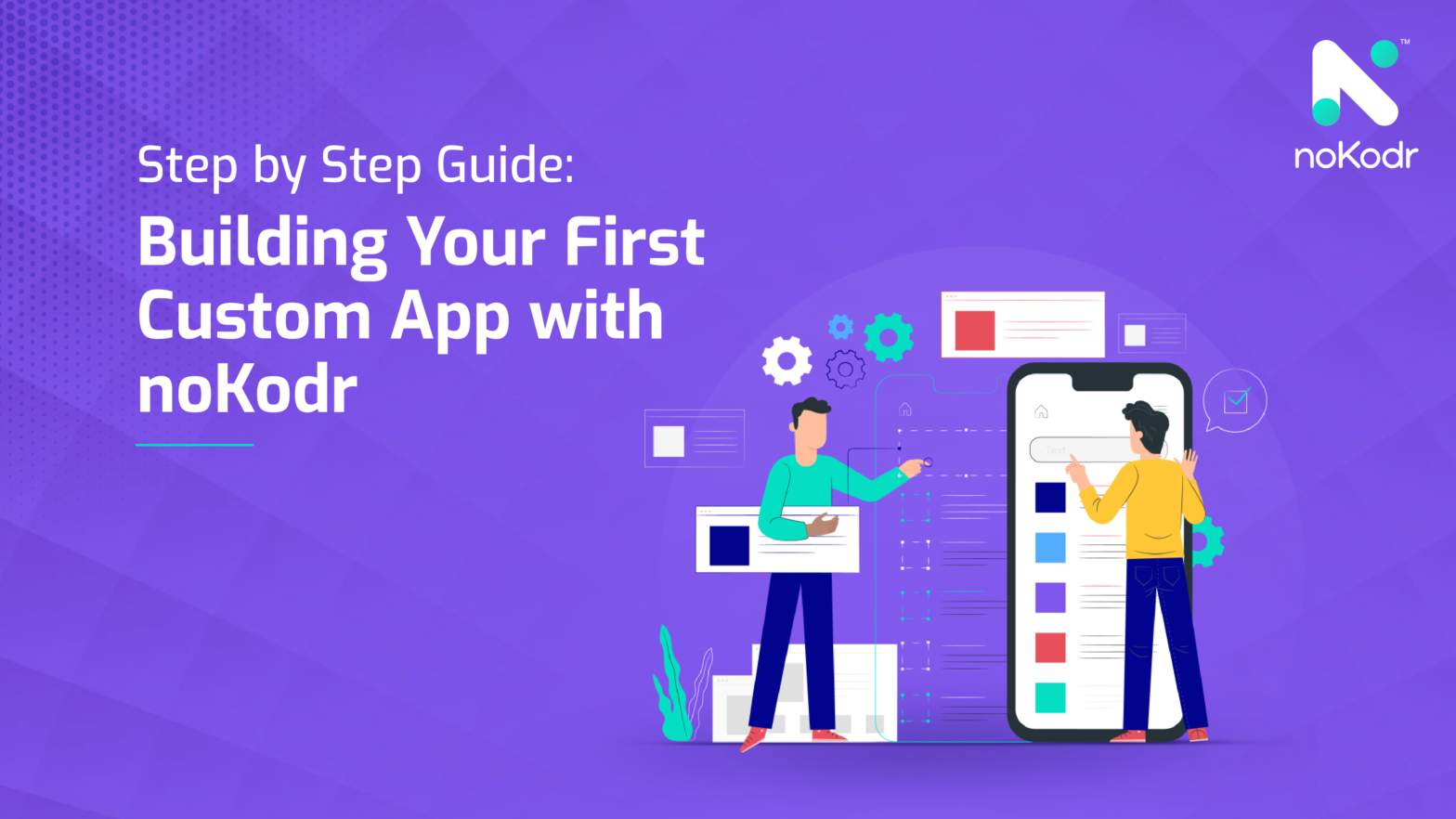Seamless Data Migration: How RESTful API Integration Simplifies Your Salesforce Processes

TABLE OF CONTENTS |
In today’s competitive business arena, fragmented systems and disjointed workflows are major hurdles, especially when managing customer relationships through Salesforce. Integrating RESTful APIs with Salesforce revolutionizes this process, making Salesforce processes seamless and efficient. This integration not only simplifies data migration but also enhances system coordination, ensuring that your Salesforce platform operates at peak performance. Dive into how RESTful API integration can transform your Salesforce processes and drive your business forward.
What is a RESTful API?
A RESTful API is a web service that uses HTTP requests to perform CRUD (Create, Read, Update, Delete) operations on resources. It’s designed to be simple, scalable, and stateless, making it an ideal choice for modern web applications.
RESTful APIs facilitate data migration in Salesforce by enabling the efficient and seamless transfer of large data volumes between systems. They provide a standardized method for interacting with Salesforce data, ensuring smooth and reliable data integration and migration processes.
How RESTful API Works?
A RESTful API operates by using standard HTTP methods such as GET, POST, PUT, DELETE, and PATCH to perform operations on resources identified by URLs. These methods allow clients to interact with the server in a stateless manner, meaning each request from a client contains all the information needed to process the request. Data is typically exchanged in JSON or XML formats, which ensures platform independence and ease of integration. This simplicity and scalability make RESTful APIs a popular choice for modern web applications.
For Salesforce platform integration, RESTful APIs are crucial as they enable seamless connectivity between Salesforce and other external systems. By leveraging RESTful APIs, developers can facilitate data exchange and synchronization, ensuring that Salesforce can interact with other applications efficiently. This integration capability enhances the functionality of Salesforce, allowing it to serve as a central hub for business operations, thereby improving productivity and user experience across the organization.
Major B2B Applications of RESTful API
RESTful APIs are essential in various applications due to their efficiency and flexibility. Here are some of its major B2B applications:
Adobe Commerce (Magento): A powerful e-commerce platform utilizing REST APIs for product catalog management, order processing, and inventory control.
Amazon Web Services (AWS): Utilize a wide range of RESTful APIs for their cloud computing services, allowing businesses to integrate and manage various cloud resources.
PayPal: Uses RESTful APIs for its payment services, allowing businesses to manage transactions, subscriptions, and customer data.
Twilio: Uses a RESTful API to offer communication services, including SMS, voice, and video, enabling businesses to integrate these features into their applications.
How RESTful Integration Simplifies Salesforce Processes?
RESTful integration greatly simplifies various Salesforce processes by its various features. Here’s how these features work:
1. Real-time data integration:
a. Post/Push data to other systems in real-time: RESTful APIs enable Salesforce to push data to other systems instantly, ensuring seamless and up-to-date information flow across platforms.
b. View data from other systems in real-time: RESTful integration allows Salesforce users to access and view data from external systems in real-time, enhancing decision-making and operational efficiency.
2. Validate data using REST API before saving in Salesforce:
RESTful APIs can be used to validate data against external sources before saving it in Salesforce, ensuring data accuracy and consistency. This process helps prevent errors and maintains the integrity of the Salesforce database by cross-checking information before it is committed.
3. Initiate REST-based actions directly from UI:
Salesforce users can trigger REST-based actions directly from the user interface, streamlining workflows and improving user experience. This capability allows for real-time interactions with external systems, such as updating records or triggering processes, without leaving the Salesforce environment.
4. Orchestrate between multiple systems using UI:
RESTful integration in Salesforce allows it to orchestrate interactions between multiple systems via the UI, facilitating complex business processes and improving overall system coordination. By managing these interactions through a unified interface, users can oversee and control multi-system workflows, ensuring seamless operations and enhanced productivity.
To Conclude
Integration using REST API in Salesforce greatly simplifies processes by enabling real-time data integration and validating data before saving. These capabilities enhance operational efficiency, data accuracy, and overall system coordination, making Salesforce a more powerful tool for businesses.
noKodr by Enzigma is an innovative platform designed to streamline and enhance Salesforce operations. Our product, noKodr, enables users to build robust and scalable applications without extensive coding. It utilizes REST API and allows seamless integration with Salesforce, facilitating efficient data exchange and system interactions. This integration empowers your business to automate processes, improve data accuracy, and accelerate deployment times, making it an invaluable tool for organizations aiming to optimize their Salesforce workflows.
Related Blogs

Seamless Data Migration: How RESTful API Integration Simplifies Your Salesforce Processes

How Low-Code Platforms Enhance Speed and Agility in Salesforce App Creation
Signup
For Better Salesforce Experience And Start Customising Apps Today.
Recent Blogs
 Seamless Data Migration: How RESTful API Integration Simplifies Your Salesforce Processes
Seamless Data Migration: How RESTful API Integration Simplifies Your Salesforce Processes How Low-Code Platforms Enhance Speed and Agility in Salesforce App Creation
How Low-Code Platforms Enhance Speed and Agility in Salesforce App Creation Exploring noKodr’s Key Features: A Comprehensive Guide
Exploring noKodr’s Key Features: A Comprehensive Guide Step-by-Step Guide: Building Your First Custom App With noKodr
Step-by-Step Guide: Building Your First Custom App With noKodr Building Complex Forms in Salesforce Made Easy with noKodr
Building Complex Forms in Salesforce Made Easy with noKodr
